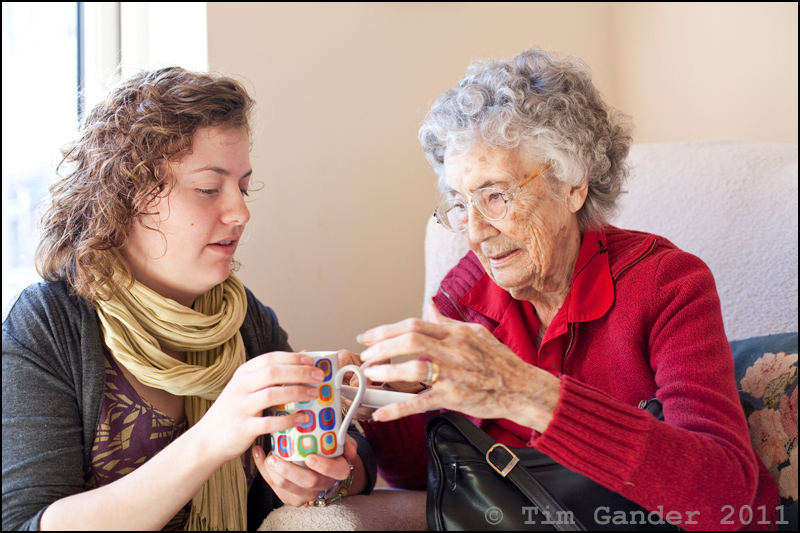Community Care folds in favour of online.
It might please the accountants, but is it smart in the long-term to close print publications in favour of online?
For some years now I’ve worked on commissions for Community Care magazine, but this will be no more since the print magazine has been taken out the back and shot by its owners, Reed Business Information.
This is a real shame because Community Care was a magazine which although aimed at a fairly un-glamorous niche (social care and social work issues), it was a well-considered publication, and one of the seemingly few non-glossy mags that used photography in a sensitive, appreciative, engaging way.
However, RBI have taken the decision to close the print title in favour of its online offering, which isn’t half as rich with engaging images. This may of course change, and it may be that they decide to spend something on original photography for the e-version.
As things stand now, the web edition images are often rather clunky stock images or low-quality snaps used very small. There seems to be a view that if an image is used at all, it should be a very distant second cousin to the text, but it’s no secret that a good image used properly will draw more eyes to an article, and isn’t that what publishers want? It all adds to the hit stats and that seems to interest publishers, even though the Community Care site appears to carry no advertising other than for industry jobs and their own conferences and events.
I’m not a publishing expert or industry analyst, but it would seem that by ditching the print version, RBI are happy to ditch all advertising revenues bar the jobs ads, unless they plan to introduce wider advertising to the website. Or put content up behind a paywall, which presumably care agencies would pay for based on the amount of access required. With some 3,000 online jobs ads per week, maybe this won’t be necessary, but leaves the publication vulnerable to one revenue stream.
Perhaps advertisers were simply becoming uneconomical to service in a printed version, but I wonder how many of the page hits on the website were generated by the print edition reminding people that the site is there? Perhaps it’s only a fraction, but it’s one thing to read articles because a magazine drops onto your desk, quite another to stay loyal when you’re fed a magazine edition via weblink. A printed magazine is a welcome distraction for many care professionals whose working lives I suspect are increasingly dominated by time at a computer monitor.
Of course I would like to hope that Community Care will still commission original imagery on occasion, but even so I have lost some great colleagues who I now know have been given redundancy notices. I won’t name them here, but they know who they are. They stayed loyal to me over the years and were always ready to show appreciation for my work. I wish them all the best for the future.
Community Care may be a small-circulation magazine, but it was a good magazine with a very valuable function. I’m not sure the website will replace the role the print edition had. We’ll just have to wait and see.
The final edition of Community Care magazine will be published on 24 November 2011.


Another one of the ‘good guys’ gone Tim. A very sad day.
I know, and I can’t help thinking their move will hurt their readers and ultimately their bottom line. But what do I know? And I feel for the staff involved too. It’s tough to be made redundant at any time, but why does it always seem to be so close to Christmas?